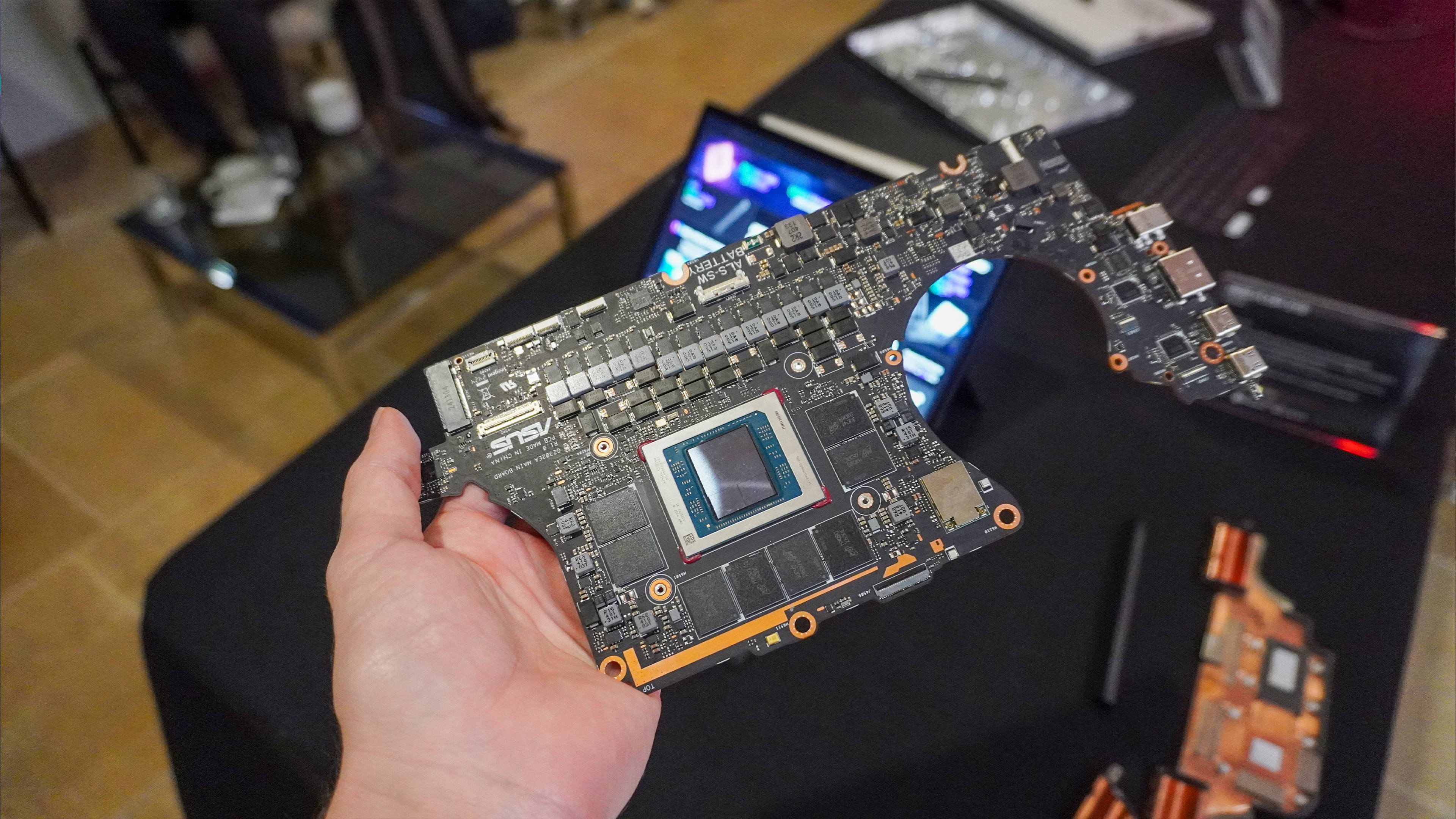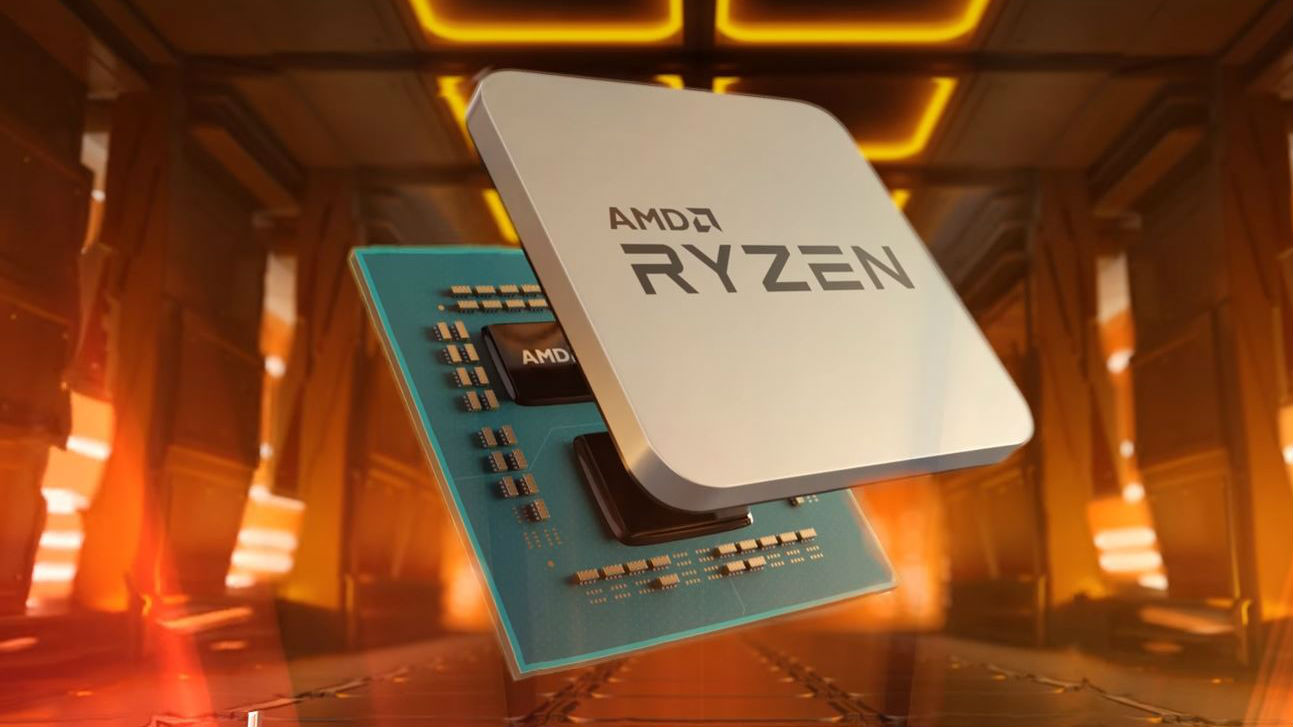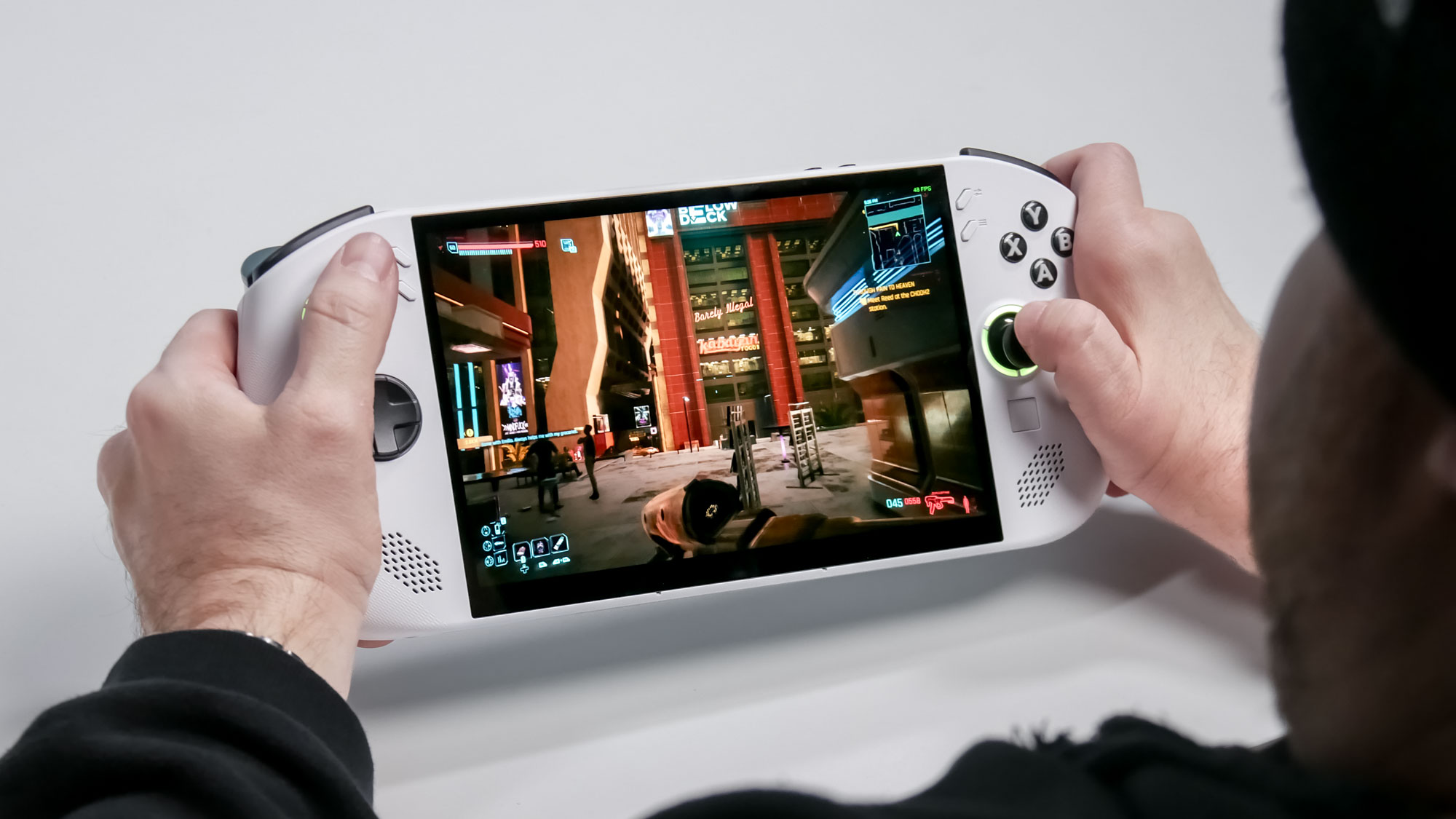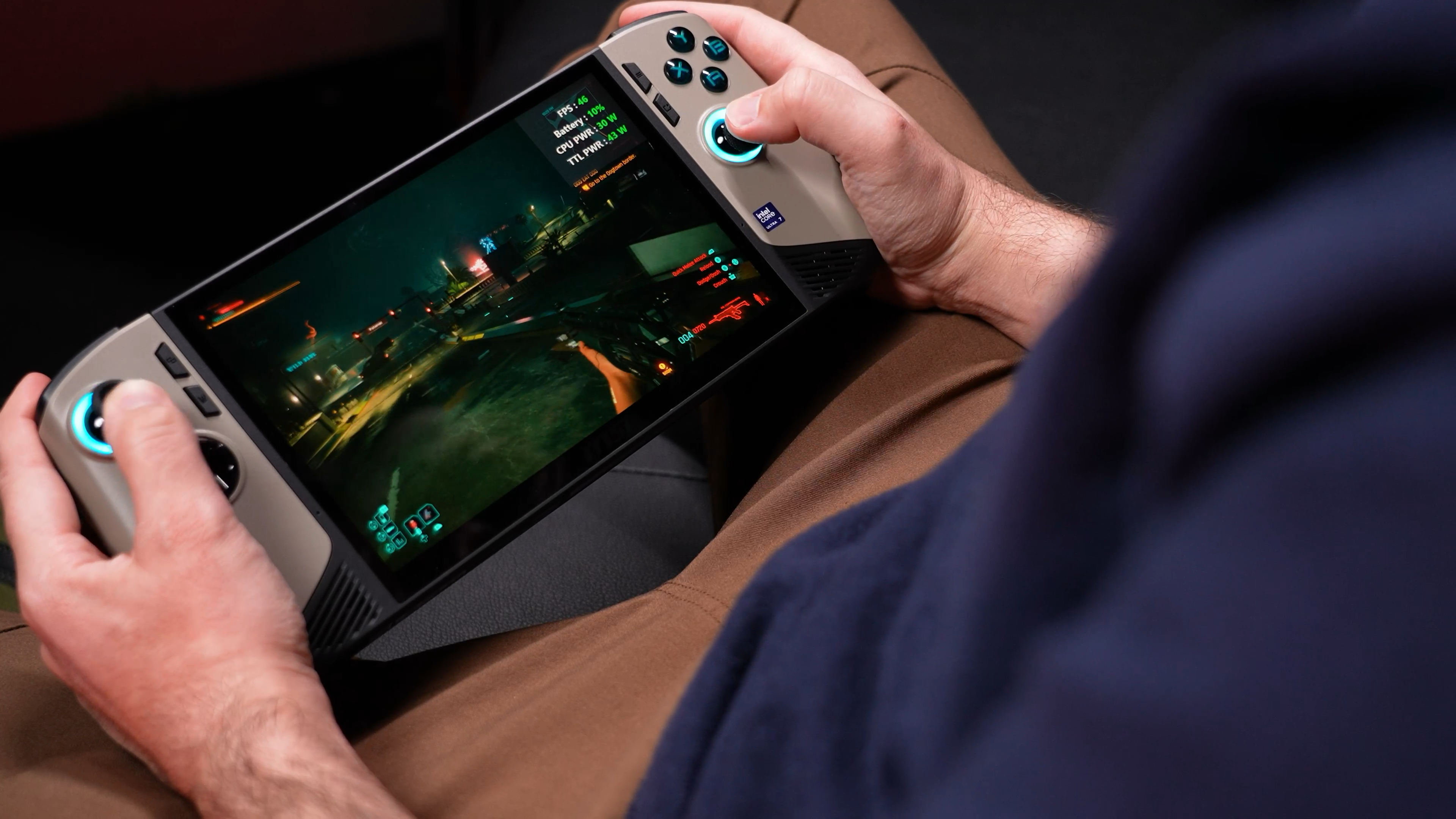Handheld PC gaming is approaching its next generational leap, and I'm willing to bet that AMD Ryzen AI Max is involved.
With the Nintendo Switch 2 currently making waves, Asus joining in on the first Xbox handheld and SteamOS crossing over to the Lenovo Legion Go S (eventually), portable gaming is seeing a revolution in 2025. But what truly excites me? The prospect of a single chip that can power upcoming devices.
You may have already caught me talking about how I'll be giving handheld gaming PCs a chance this year, but with what I've seen AMD's latest AI-powered chips doing, such as its "Strix Halo" Ryzen AI Max processors, I have even more excitement around what these CPUs with discrete graphics can offer. Namely, graphics power on smaller, thinner devices.
To wrap my head around what AMD Ryzen AI Max can achieve, I sat down with AMD Senior Fellow, Mahesh Subramony, to chat all about the evolution of AMD Ryzen AI. And, as you might expect, he's quite the AMD fan.
What can AMD Ryzen AI Max do?

"From a graphics standpoint, I think we are shifting away from the the traditional ways. of gigabytes and gigabytes per second," Subramony says. "it is difficult to add more and more silicon and memory, more and more expensive to go and get those significant jumps that you expect to see coming out of graphics."
"For even small GPUs as well as large GPUs, AI assisted graphics performance starts becoming really important," he adds. "And so in the future, you're going to see us employ that and it's already happening right now, but employ that in ways in which you can get a better experience in terms of resolution or frames rates."
While AMD continues to release other processors, including its AMD Ryzen 8000 series and Ryzen AI 300, it's the Ryzen AI Max processors that are on my radar, especially when it comes to bringing improved power and better efficiency for more portable devices — like laptops, tablets and heck, why not PC gaming handhelds?
Swipe to scroll horizontally
Processor | Cores/Threads | Graphics Cores | Max Boost Clock | Graphics Model | TDP |
AMD Ryzen AI Max+ 395 | 16/32 | 40 | Up to 5.1 GHz | Radeon 8060S | 55W |
AMD Ryzen AI Max 390 | 12/24 | 32 | Up to 5 GHz | Radeon 8050S | 55W |
AMD Ryzen AI Max 385 | 8/16 | 32 | Up to 5 GHz | Radeon 8050S | 55W |
Now, as we've seen with recent gaming handhelds like the MSI Claw 8 AI+, other chips (such as the the Intel Core Ultra 7 258V CPU) are doing a fine job at delivering brilliant gaming performance to handhelds.
But here's something else to consider: the Asus ROG Flow Z13 (2025) we've tested came with an AMD Ryzen AI Max 390 (up to a Ryzen AI Max+ 395), and it's on the same level of gaming performance as an RTX 4060 gaming laptop — and even beat an RTX 4070-equipped laptop. I mean, look at the specs of these chips; 16 CPU cores with 40 graphics cores is nothing to sneeze at.
This isn't even the highest level of integrated graphics AMD has to offer, and it's already delivering commendable gaming chops. That's thanks to AMD’s FidelityFX Super Resolution (FSR) for frame generation and resolution scaling, but there's also Fluid Motion Frames 2 (AFMF 2) that's designed to increase frame rates on AMD Ryzen AI 300 processors.
Along with Variable Graphics Memory (VGM), a new feature in these processors that allows users to "convert up to 75% of the system RAM to 'dedicated' graphics memory or vRAM," AMD's AI-equipped processors can do quite a lot for smaller, more portable systems but still deliver that performance gamers are after.
Yes, we've see AMD Ryzen Z2 Go and Ryzen Z1 Extreme on the best PC handhelds, but surely bringing Ryzen AI Max chips could offer even greater gains, right?
Will AMD Ryzen AI Max come to gaming handhelds?

One of my burning questions during my talk with Subramony was how AMD planned to push its Ryzen AI Max CPUs even further, especially in smaller devices other than laptops or tablets, and there may be room for portable PC gaming.
"I think that is something we always do," Subramony said. "In fact, one of the devices we launched with Strix Halo was the ROG Flow. It was a tablet, right? In order to be able to have a machine that has 16 cores, it's probably more powerful than our first-generation Threadripper with a graphics engine that's on par with some of the discrete cards that are out there, all in a tablet form factor.
"So I think we are aware of mobility and the flexibility we can do with a machine as powerful as that. So, form factor is important. Ergonomics is important. 'Thin and light' is important. And to be capable of doing more while delivering those.
"Those form factors are going to be key for us as well, and [Strix] Halo has some unique advantages where you don't have two different cooling solutions. You have a single chip.
"So there are savings on building on the board that allow a developer to be able to do something better and a little easier. I'm not saying it's impossible to do it with a discrete solution, but by bringing all of that together under an umbrella, it helps them design these machines and form factors that you would not have had before."
Nothing concrete, of course. But all that gives me hope for more integrated graphics in devices, and if it happens to come to handheld consoles, I'm all for it.
Price is a big factor, though

Of course, none of this comes cheap. As I've seen with Nvidia's RTX 50-series GPUs and their rising prices, not to mention tariffs, technology is getting more expensive.
"I will not sugarcoat it," Subramony said. "Advanced technology costs more and you have to innovate to make sure you stay within the box. I mean, gen after gen, we keep increasing the performance and adding new cores and adding capabilities while staying within the same socket infrastructure. It requires quite a lot."
"But there are challenges and you know we're working through it, but always, always mindful of where the right price points are for the consumer."
Despite having a single chip without the need for a discrete GPU, that doesn't mean the cost of an AMD Ryzen AI Max-powered product would come at a bargain price. But, at the very least, it would take a few pennies off, and if I know anything about AMD, they offer great value for money — the AMD Radeon 9070 series GPUs (from $549) are case in point.
Regardless, the future of portable gaming is looking up, and as the ROG Flow Z13 has already shown, AMD's Ryzen AI Max chips are making it all possible. Now, seeing them (or something of the like) in a gaming handheld? That's a future I'm here for.
